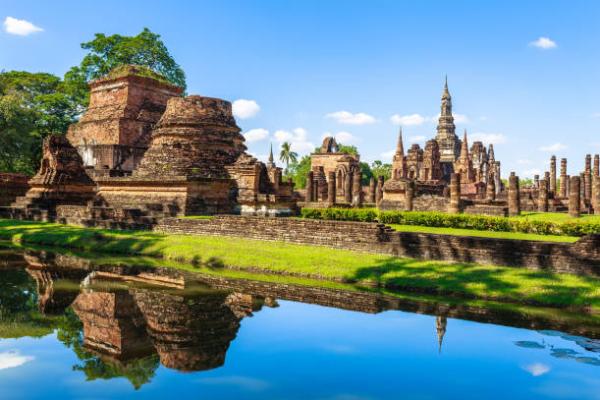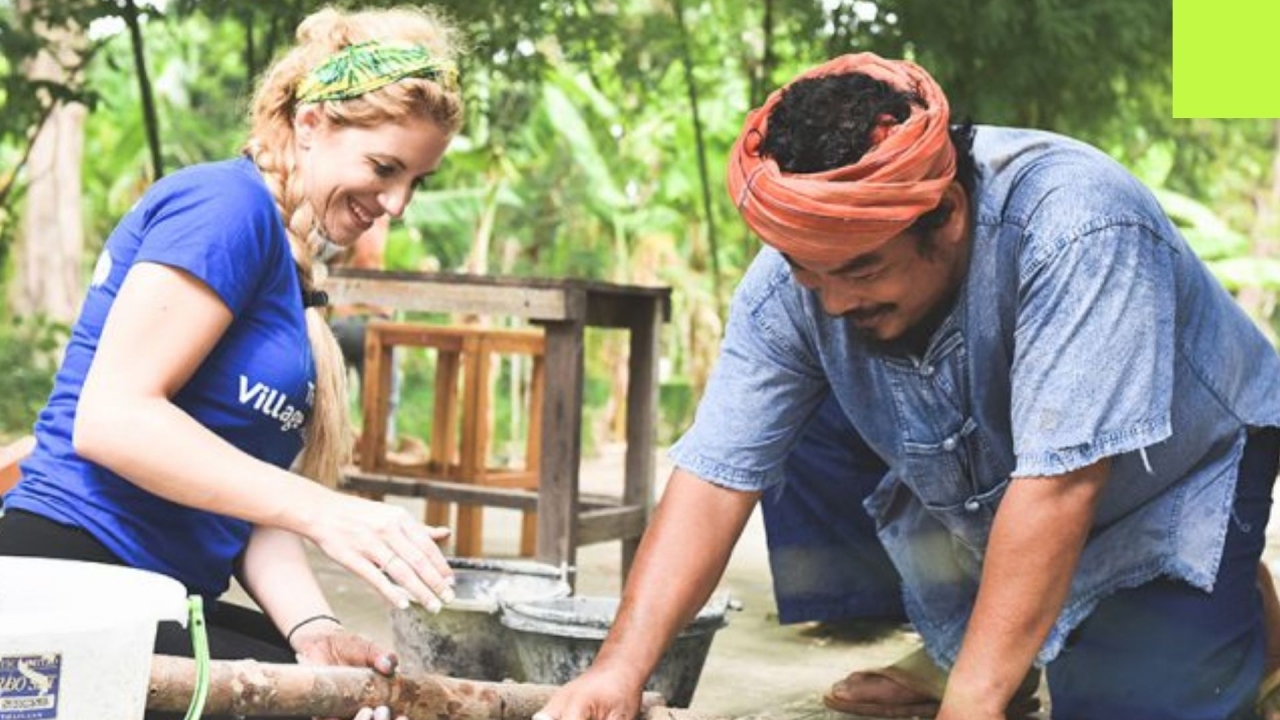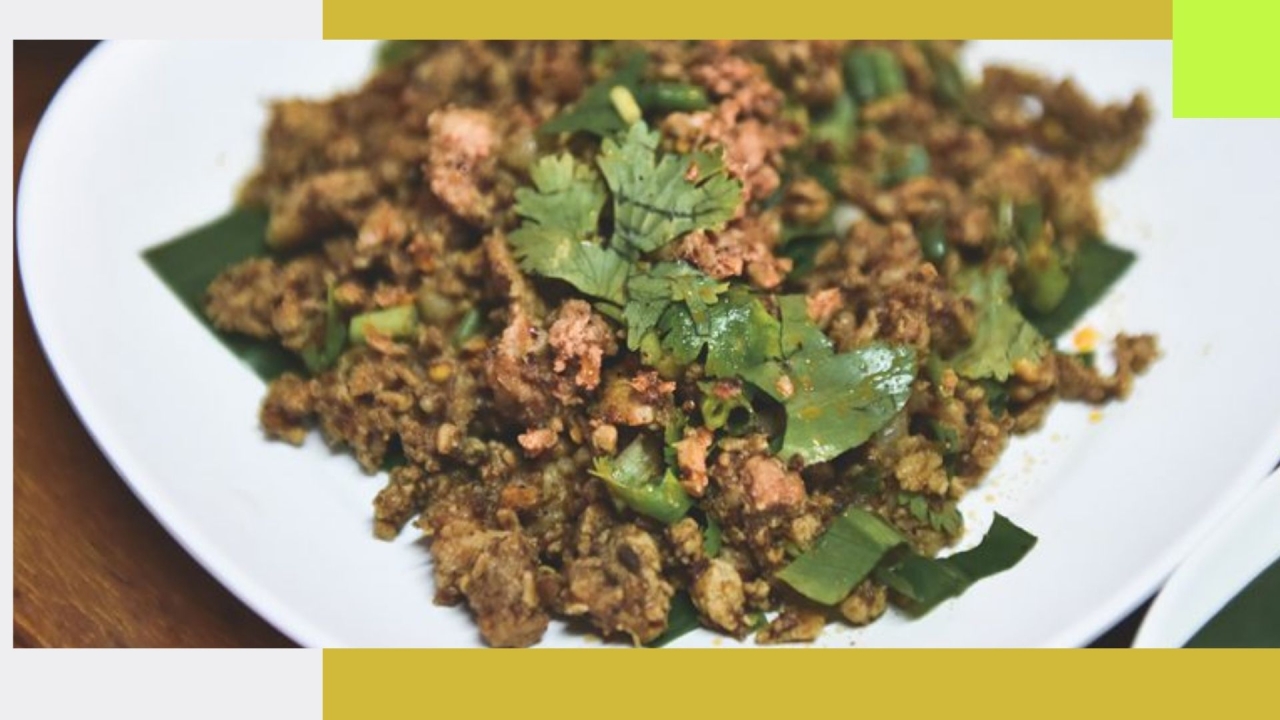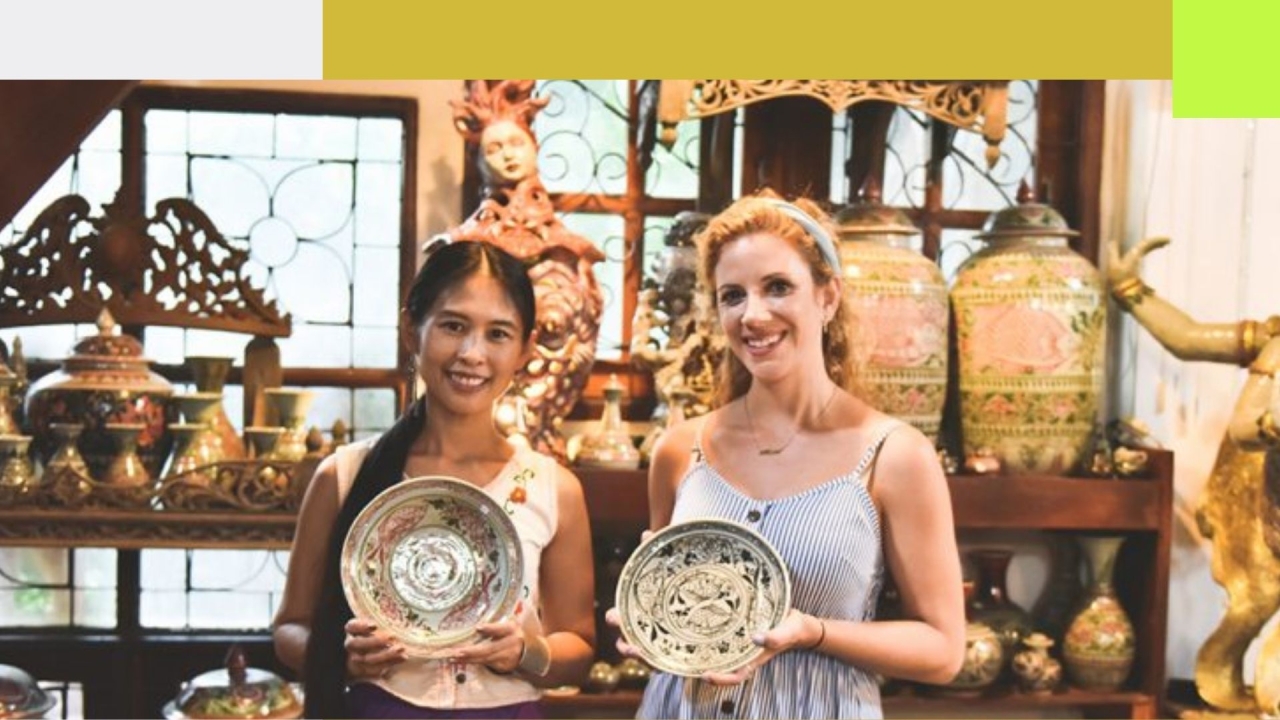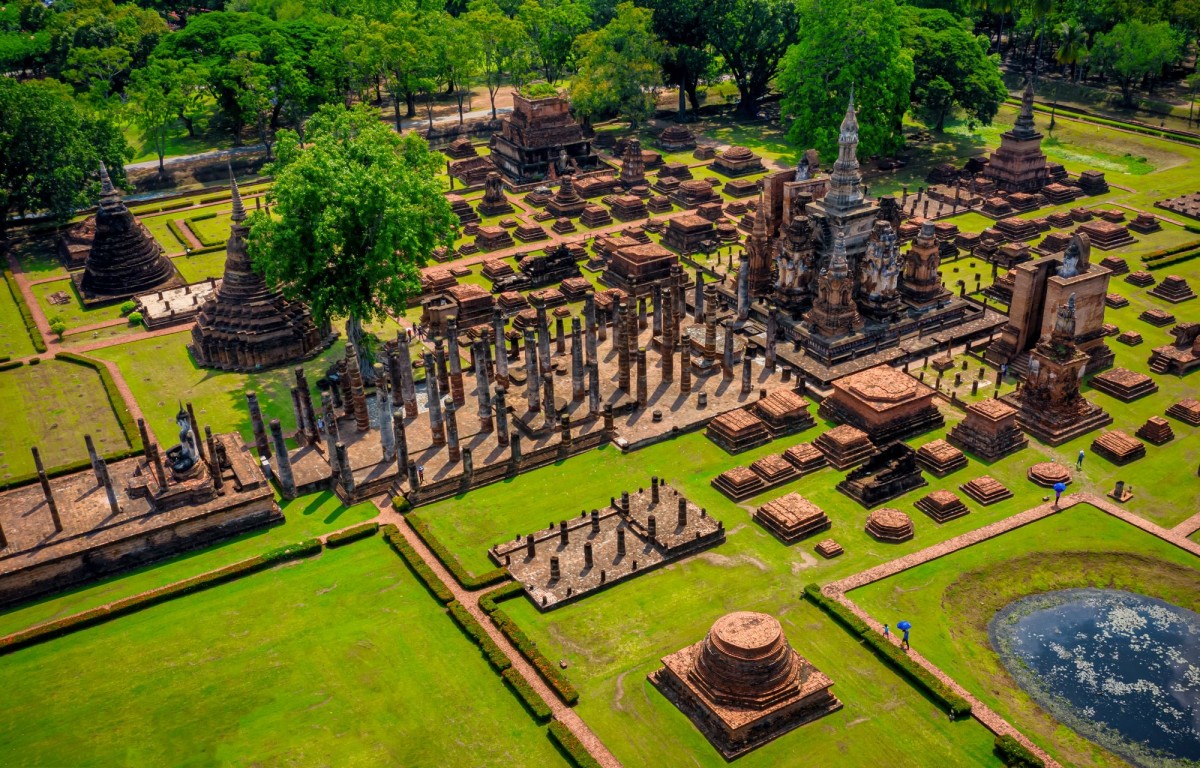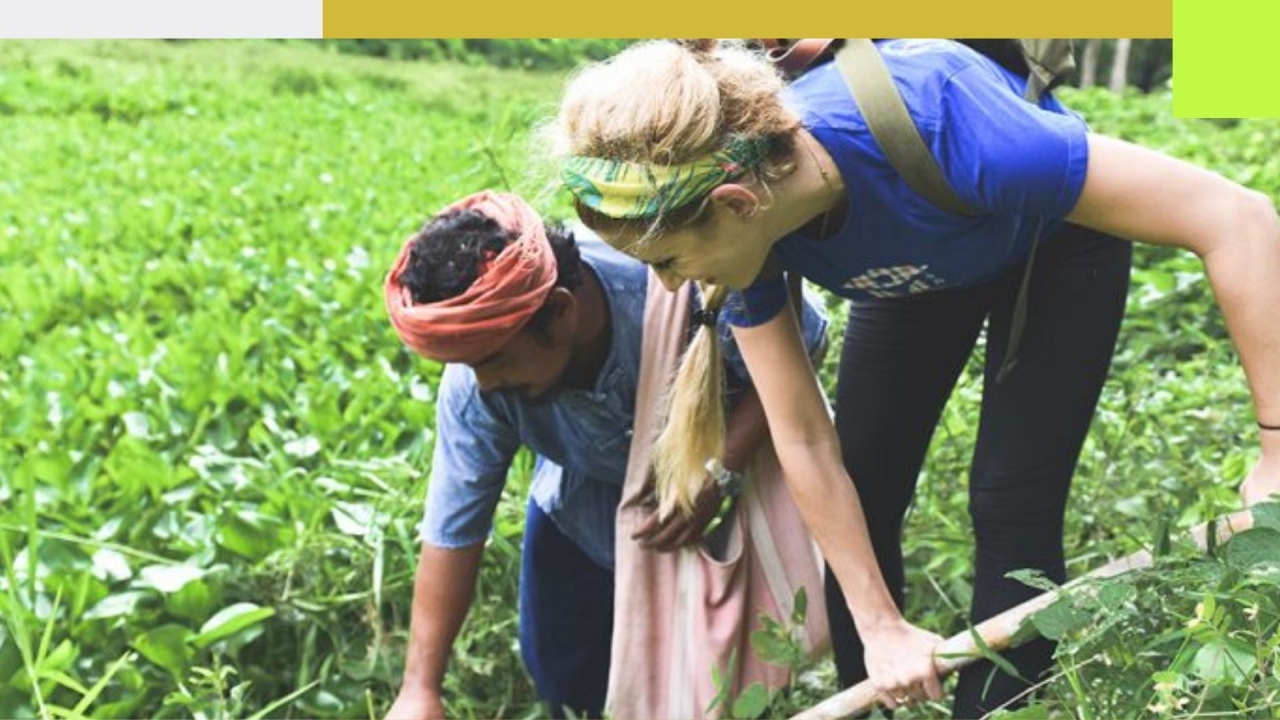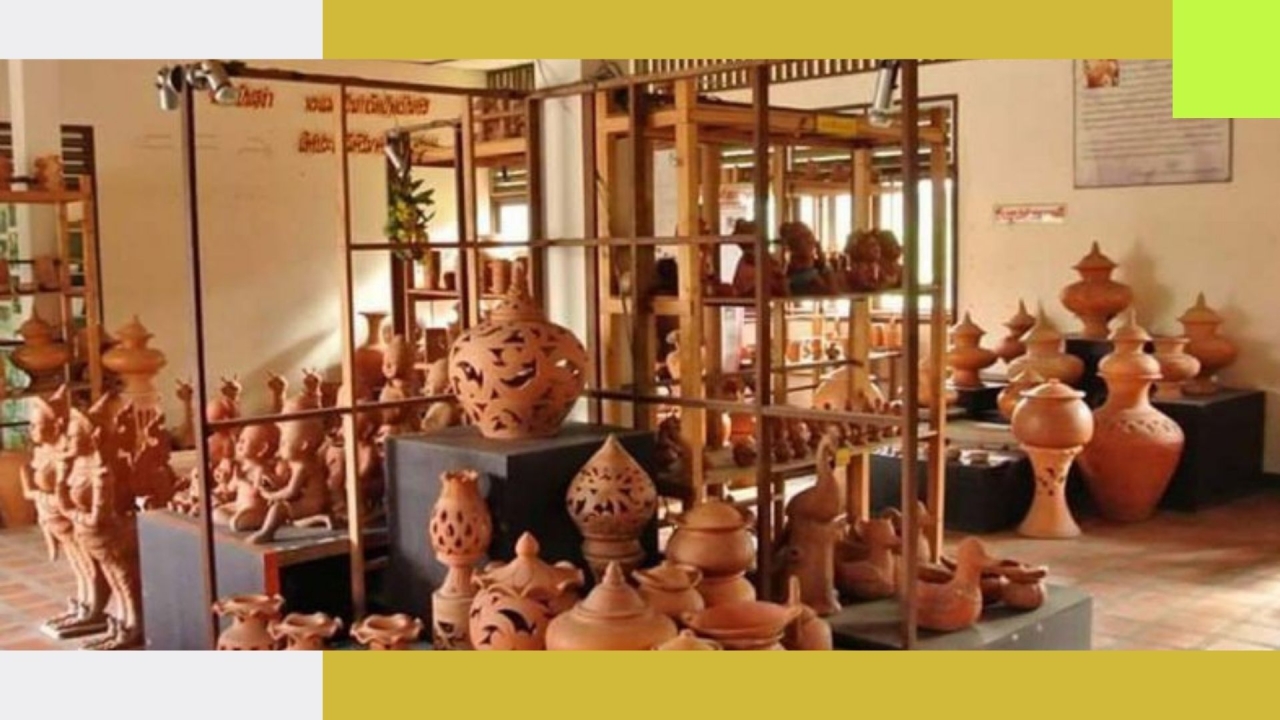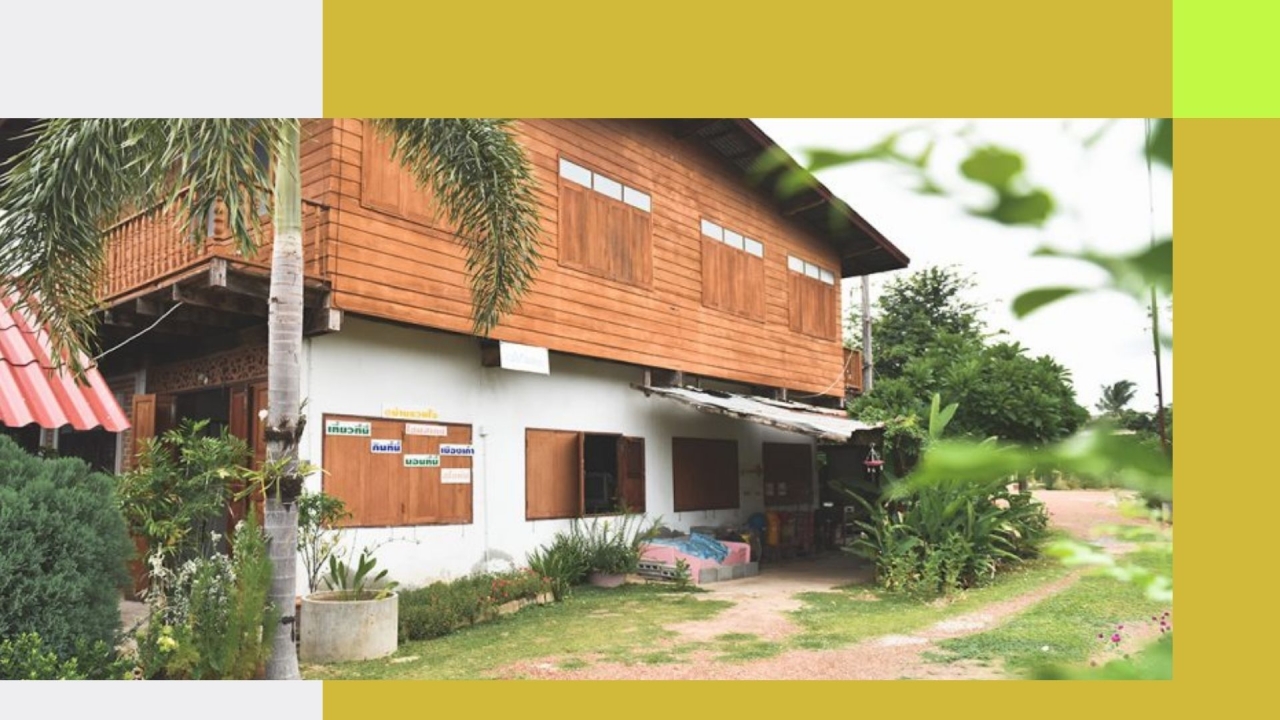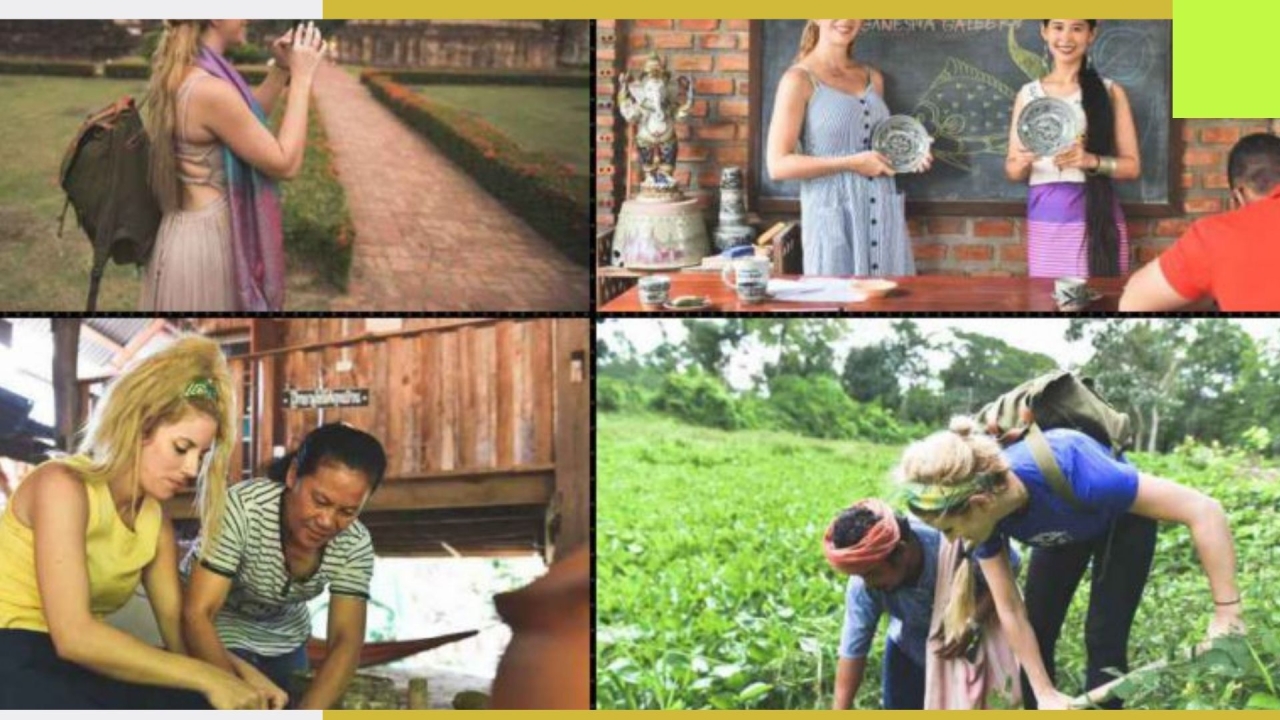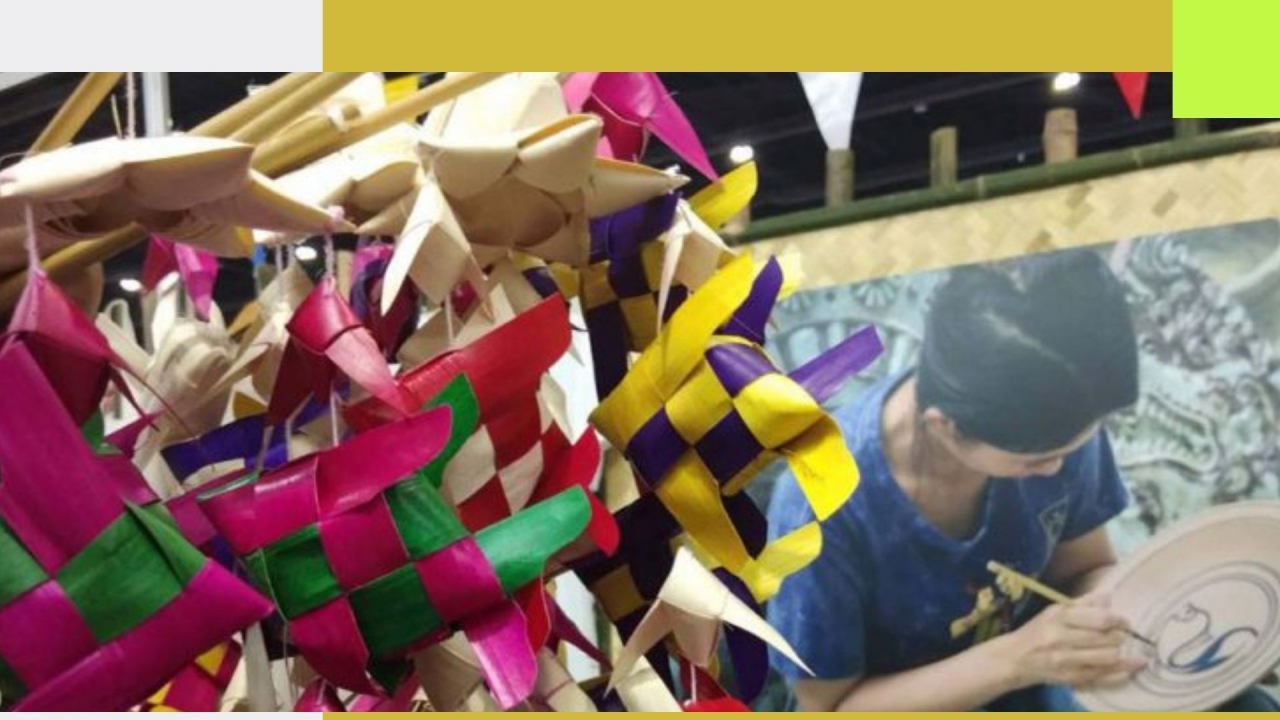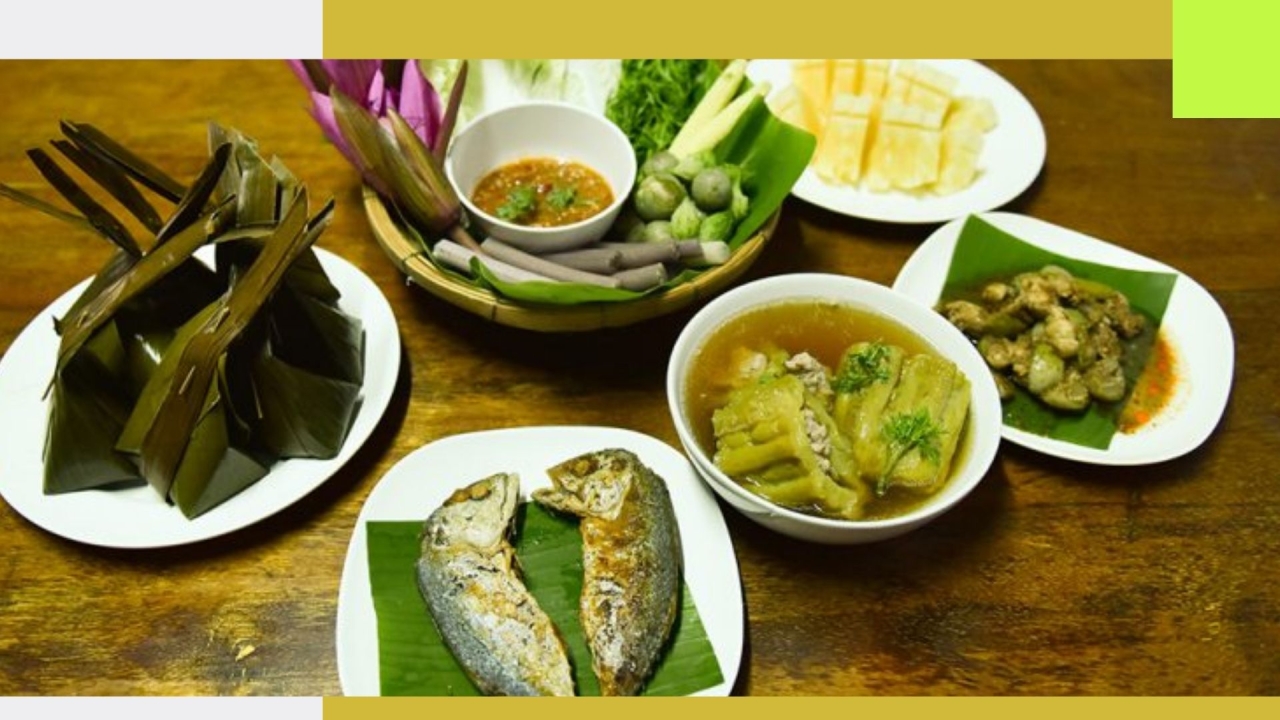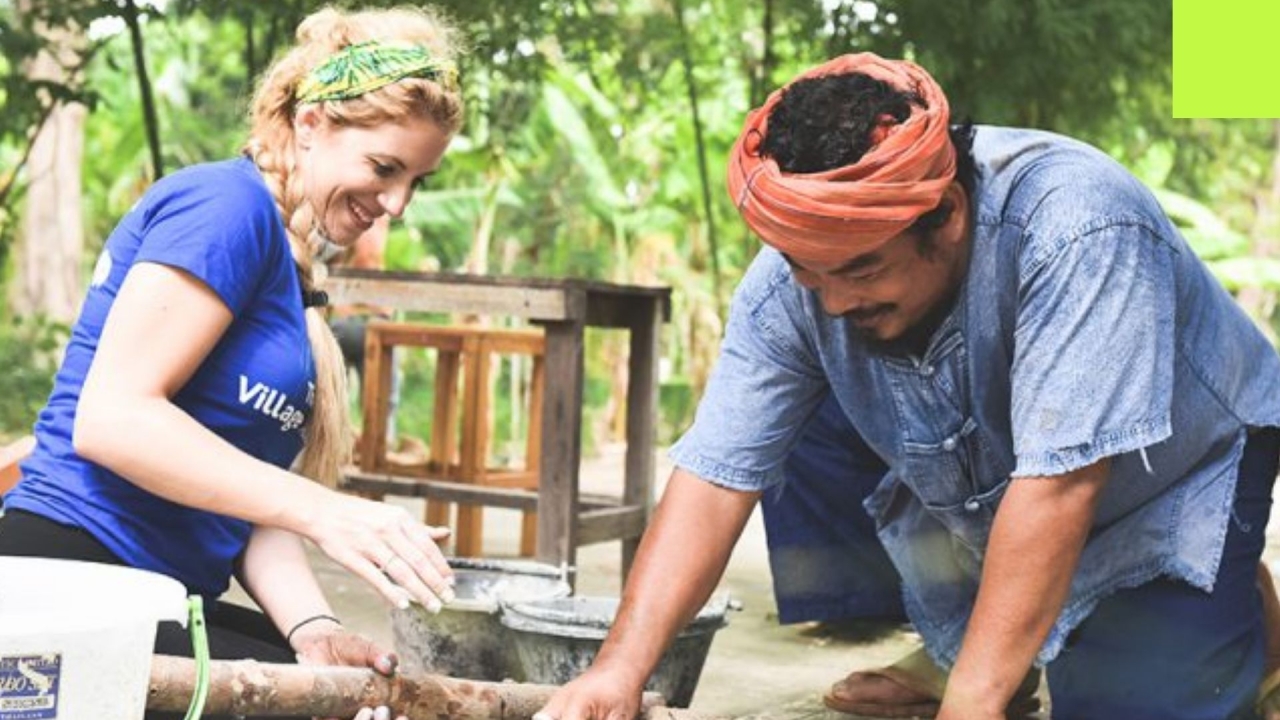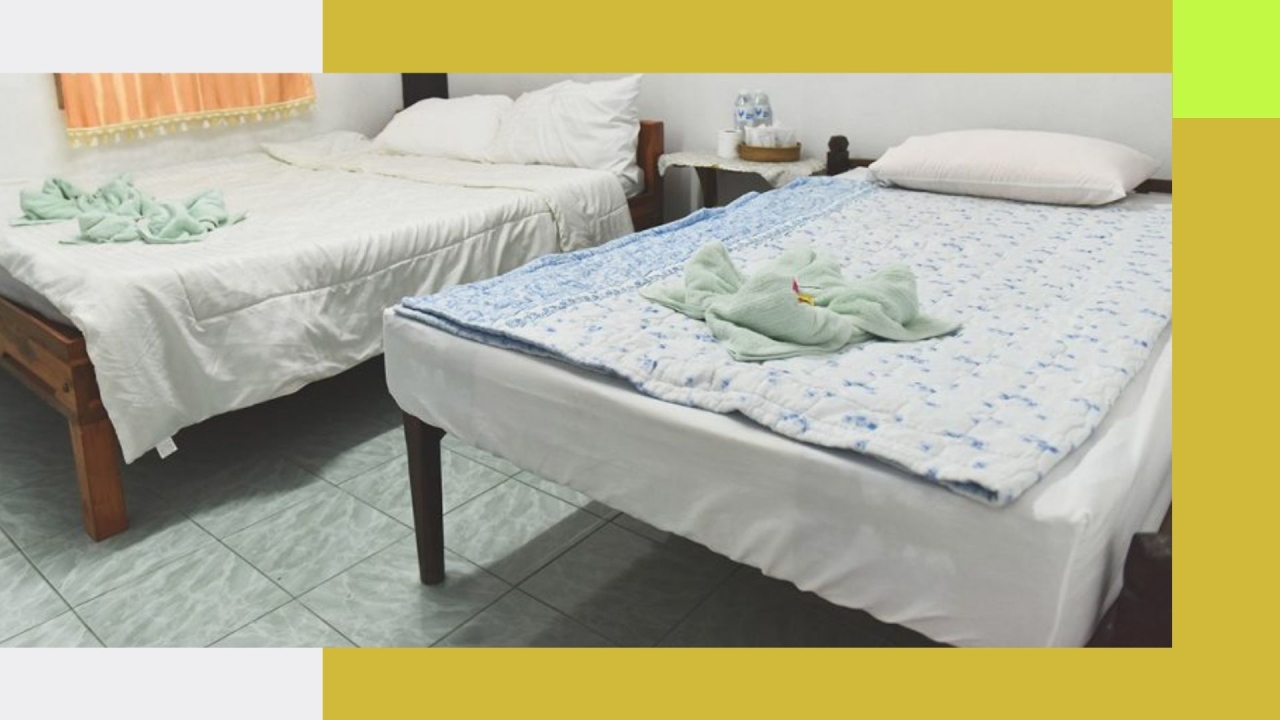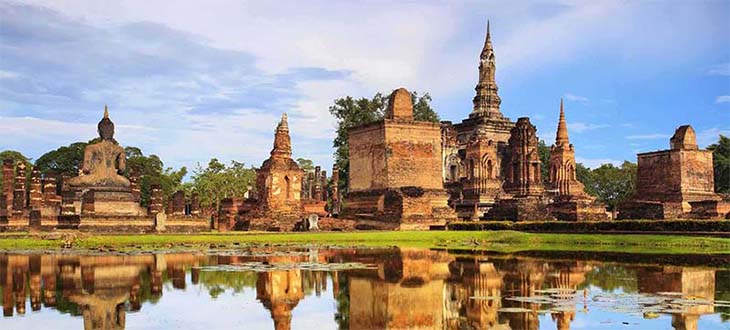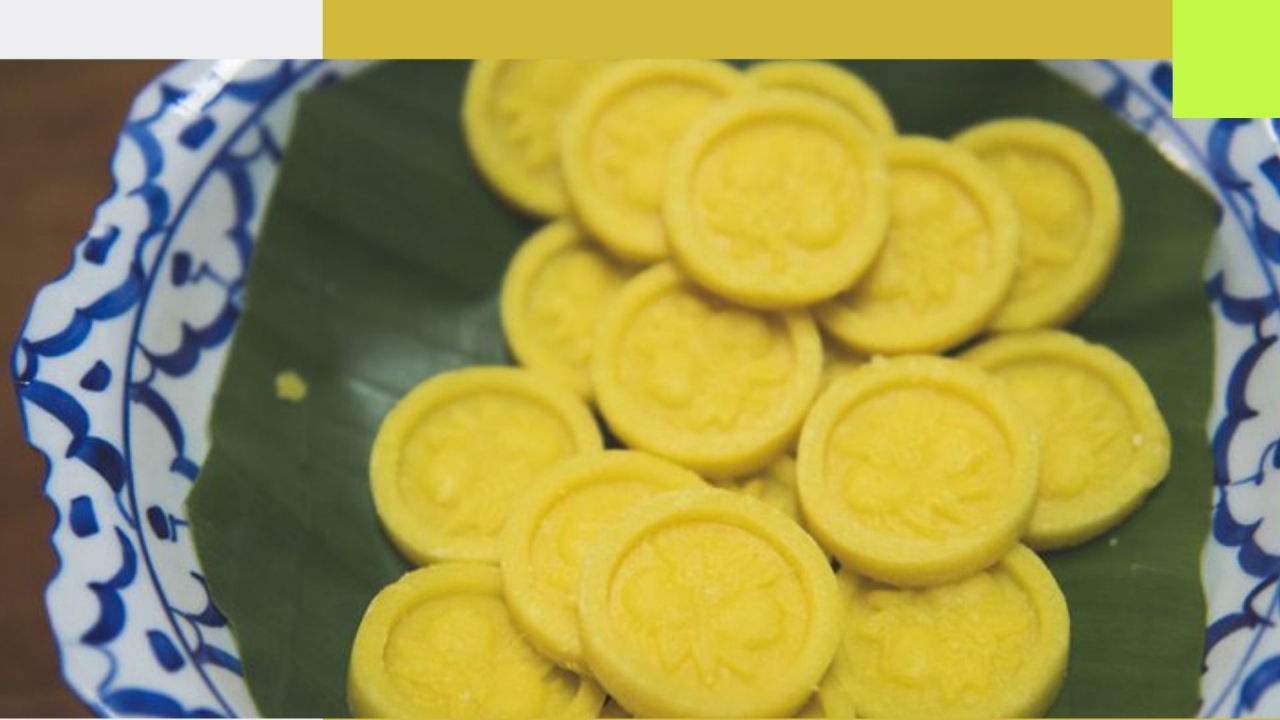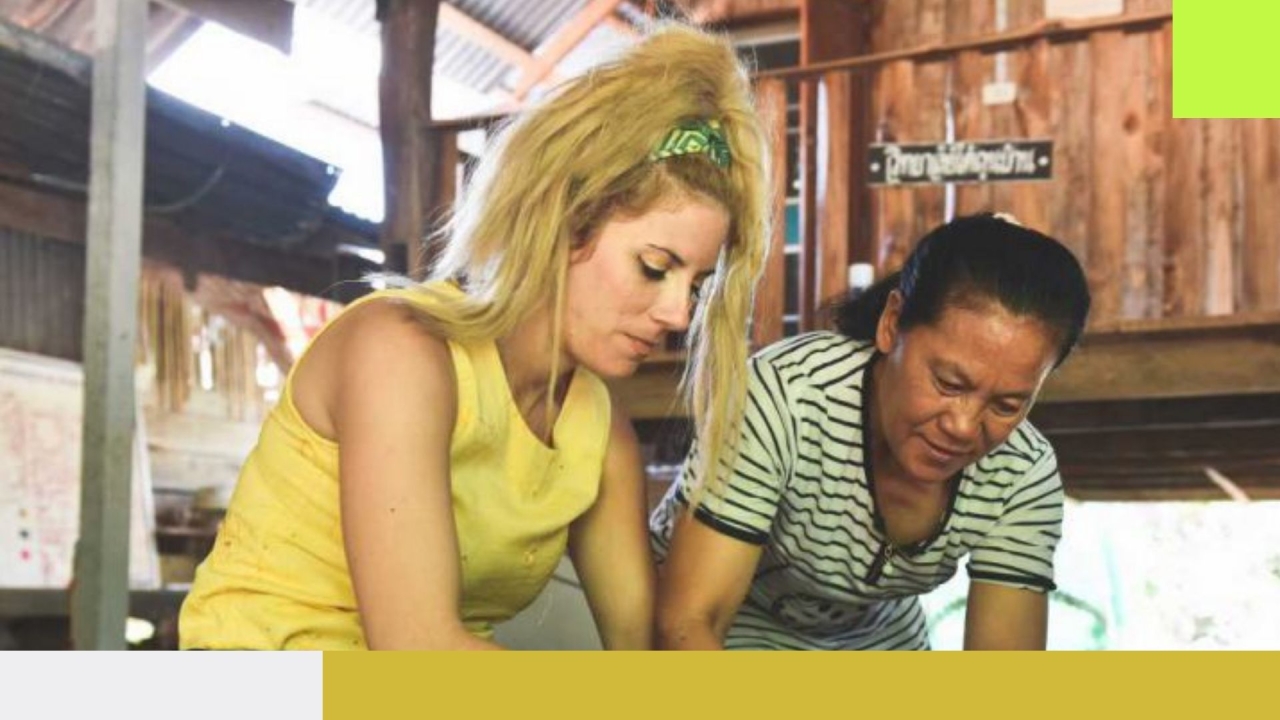Sukhothai Old City Community Sukhothai
ABOUT THE COMMUNITY
King Ramkhamhaeng’s stone inscription is not the only evidence of the rich cultural heritage left behind by the ancient Sukhothai civilization. While over 700 years have passed, the root of the kingdom’s arts, language, culture and traditions can still be seen by taking a look into the lifestyle of the inhabitants of the original area.
Sukhothai’s old community today has enough to satisfy any tourist or weekend visitor, offering a fascinating insight into what life was like in the past. Traditional Sangkhalok pottery, carved wooden birds and Buddha images, as well as locally popular sweets like Khao Tak Nga – roasted pounded sticky rice with sugarcane syrup – are as readily available as they ever were. Residents still practice traditional Sukhothai and Burmese dances passed on to them by their ancestors.
In some ways, exploring this part of Thailand is similar to delving into an interesting history book or documentary. But instead of being sat at home or in a library, you’ll be learning about ancient civilization and the local’s well-preserved traditions first-hand, which is always going to be more rewarding and insightful.
CULTURAL AND LOCAL WISDOM HERITAGE
- Chinaware for using as containers and other purposes. The pattern represents the prosperity of Sukhothai in the past and features a unique and well-recognized design.
Carved buttonquail from teak wood crafted using a technique passed on from their ancestors. The only tools involved are a gouge, axe, knife and saw. Buttonquail is believed to be a guardian animal for those who own them.
The Sukhothai accent is unique and different from other accents, resulting in a fascinating charm (especially for other Thai people).
Tomtom dance is influenced by the Burmese culture from the Thonburi period. The dance is lively with a lot of moves. Sukhothai locals adopted this culture and modified it to suit Thai culture, making it easier to sing and dance along.
Sukhothai dance started in the early days when Thai people began to develop dancing art. Evidence can be found from stone inscriptions. The lyrics, outfits and delicate moves have been modified to suit the Sukhothai people’s unique culture.
Wooden Buddha image carving is another technique passed on from their ancestors so still to this day locals create magnificent carved Buddha images.
Sticky rice and sesame dumplings are more than a local dessert. They contain good fat and nourish the brain. They have long been the community’s local delicacy.
ACTIVITIES
- Craft potteries and draw patterns on Celadon Sangkhalok Ware.
Crafting palm leaf fish hanging mobile which is the symbol of fertility.
Make Sukhothai-period Buddha amulets at Ban Phra Phim Laksamonsilp.
Visit the Sukhothai Historical Park World Heritage Site.
Cook the local dessert Kanom Dag Nga (Thai Traditional dessert).
Program 3 Days 2 Nights
|
Day 1 |
|
|
9.30 am |
Meet at the assembly point at the entrance of the Sukhothai History Park |
|
10.00 am |
Arrive at the Mueang Kao, Sukhothai. The best way to explore the area is by bicycle, allowing you to see the sights from two wheels dotted around Sukhothai Historical Park. Take in the fresh green scenery along the way.
|
|
12.00 pm |
Lunch served up in a traditional ‘Pinto’ style under the ‘bodhi’ tree, Ko Klang at Wat Traphangtong. |
|
1.00 pm |
Have fun as you get to understand more about the villagers’ way of life at Mueang Kao, Sukhothai. Learn how to make Mueang Kao’s ‘votive tablets’ at Ban Phra Pim Luk Mon Slip. You’ll be told all about the different patterns of Sukhothai Buddhist art, as well as prepare the clay to mold Buddha patterns. A firing technique is used to perfectly harden the clay. |
|
3.00 pm |
Learn how to make pottery at Usa Sangkhlalok. From the ancient remains, many pieces of ‘celadonware’ were found in the area that featured unique patterns depicting fish and black sharks (similar to carp). This is evidence of the plentiful and prosperity that Sukhothai enjoyed when it was the ancient capital of Siam. |
|
Consequently, some households in the area have carried on the tradition of making pottery and this can be seen at several locations dotted around the Old Town area of Sukhothai.
|
|
|
4.00 pm |
Return to the homestay with leisure time before dinner. |
|
6.00 pm |
Dinner with local traditional food dishes at the homestay. |
|
Day 2 |
|
|
6.00 am |
Experience villagers’ way of life as you go shopping around the community’s morning market at Wat Traphangtong and offer morning alms to the monks at Wat Traphangtong. |
|
8.00 am |
Breakfast at homestay |
|
9.00 am |
Travel around Sukhothai Historical Park to reach the ancient ‘Tao Thu Riang’ which is used as a ‘Sangkhalok’ kiln. See how the pottery is made in the kiln and learn about its history. |
|
10.00 am |
Travel to Wat Si Chum, a temple where the “Phra Atchana” Buddha is installed.
|
|
12.00 pm |
Lunch, with the opportunity to try making “Khao Poep”, a popular food dish of Na Ton Chon community. |
|
1.00 pm |
Learn how to make a wooden quail at the Wooden Handicraft Center at Ban Nok Khum, which is considered an auspicious object that protects the city and homes and maintains peace. Learn about the local wisdom of Mueang Kao’s villagers as well as how to hammer the wooden pattern by yourself.
|
|
3.00 pm |
Return to the accommodation and leisure time |
|
6.00 pm |
Bring your DIY basket made with palm leaves to float on the water at Wat Traphangtong as an offering to Buddha. |
|
6.30 pm |
Dinner and leisure time |
|
Day 3 |
|
|
8.00 am |
Breakfast at the homestay and check-out |
|
9.00 am |
Say good bye to the community and travel onwards to Phitsanulok |
|
10.00 am |
Stop by to admire the Buddha Chinarat at Wat Phra Sri Mahathat Wora Maha Wihan, in Phitsanulok. |
|
11.00 am |
Lunch |
|
12.00 pm |
Travel back safely |

